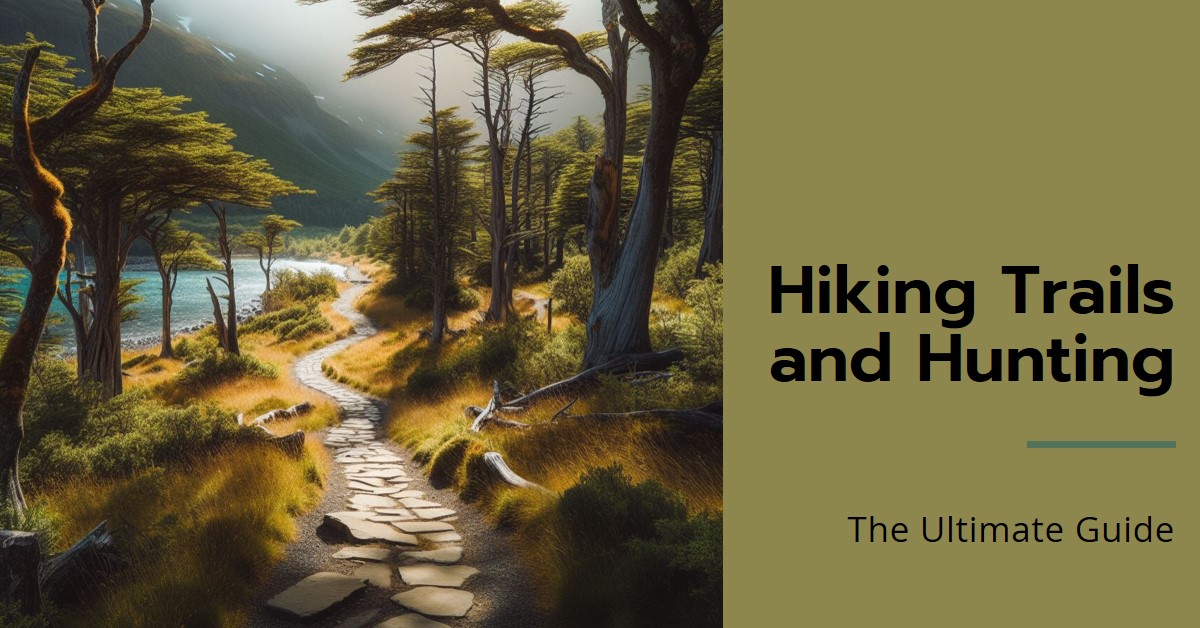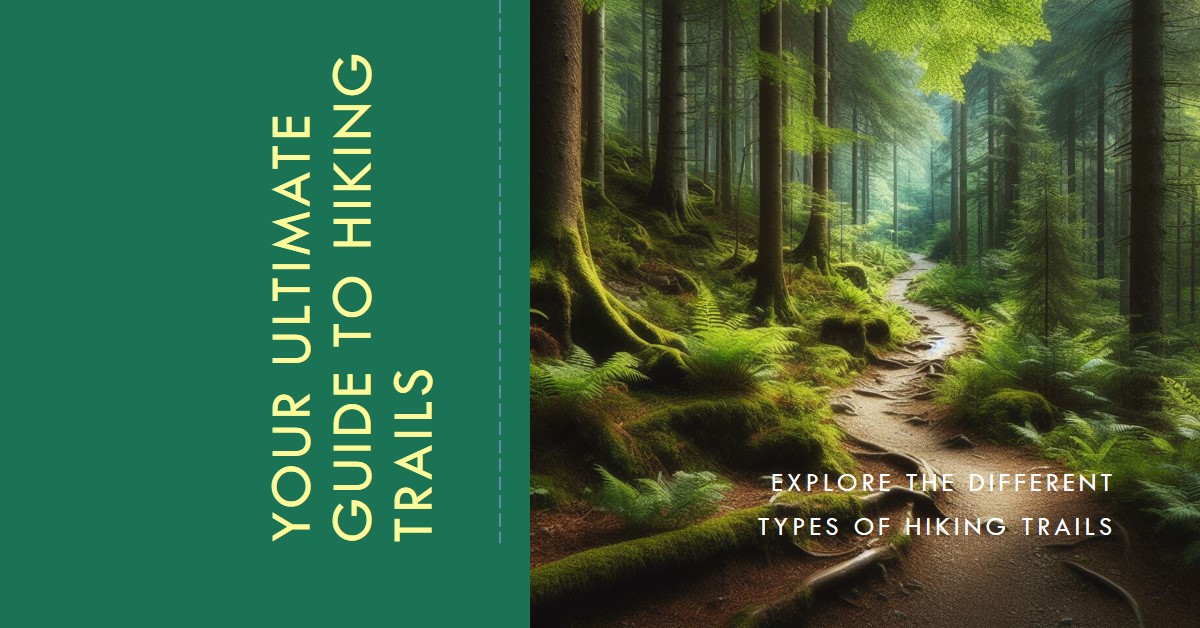Hiking is dangerous due to the risks associated with unpredictable weather conditions and rugged terrain. Hiking poses a potential danger as it exposes individuals to unpredictable weather and difficult terrain, making it important to be aware of potential hazards.
It is crucial to understand the risks involved in hiking and take necessary precautions to ensure personal safety. By being prepared, informed, and equipped with the right gear, hikers can minimize potential dangers and enjoy a safe and rewarding outdoor experience.
So, let’s delve deeper into the reasons why hiking can be dangerous and how to mitigate these risks effectively.
Table of Contents
The Rising Popularity Of Hiking
Hiking has seen a surge in popularity in recent years, with more people being drawn to this outdoor recreational activity. Several influential factors have contributed to the growing interest in hiking. Firstly, people are seeking ways to disconnect from their busy lives and find solace in nature.
Hiking allows individuals to escape the digital world and immerse themselves in the beauty of the great outdoors. Secondly, the health benefits of hiking are undeniable. Walking on uneven terrains and challenging trails provides a great cardiovascular workout and strengthens muscles.
Additionally, hiking offers mental health benefits, reducing stress and improving overall well-being. Furthermore, social media has had a significant impact on the popularity of hiking. Seeing stunning photographs and inspiring stories of hikers conquering breathtaking trails motivates others to take up this adventurous pastime.
In conclusion, the rising popularity of hiking can be attributed to the desire for connection with nature, health benefits, and the influence of social media.

Credit: lakeoconeehealth.com
Natural Hazards: Unpredictable And Inescapable
Hiking poses various dangers due to natural hazards that are both unpredictable and inescapable. One such hazard is harsh weather conditions which can quickly change without warning. Treacherous terrains add to the risk, with often steep and rugged paths that demand skill and caution.
Another danger comes in the form of wildlife encounters, where hikers may stumble upon dangerous animals or insects. It’s essential to stay alert and be knowledgeable about the local fauna. The combination of these factors makes hiking an adventure that requires careful preparation and constant vigilance.
Being aware of potential hazards and taking necessary precautions is crucial for a safe and enjoyable hiking experience. So, before embarking on any hiking journey, research the area, pack appropriate gear, and be prepared for any challenges that Mother Nature may present.
Stay safe and have a great hiking adventure!
Human Hazards: Cautionary Tales And Best Practices
Hiking can be a thrilling and adventurous activity, but it’s important to acknowledge the potential hazards involved. Physically preparing yourself and being adequately fit is crucial for a safe hiking experience. Additionally, considering the right equipment and gear is essential to ensure you are well-equipped for any unexpected situations.
Proper navigation skills and safety guidelines should always be observed to avoid getting lost or encountering dangerous conditions. By following best practices and taking necessary precautions, you can minimize the risks associated with hiking and enjoy the beauty of nature without compromising your safety.
Being aware of these human hazards is key in ensuring a successful and secure hiking expedition. Stay alert, be prepared, and make every hiking experience a memorable one.
Health Risks: Navigating Personal Well-Being
Hiking can be dangerous due to various health risks. Dehydration and heat exhaustion are common concerns while trekking. And one should be cautious of hypothermia and frostbite in colder climates. Additionally, insect-borne diseases can pose a threat to hikers. It is important to stay hydrated and maintain proper body temperature during hikes to avoid these risks.
Wearing appropriate clothing and using insect repellents can help minimize the chances of encountering insects. Planning ahead and being aware of potential dangers can ensure a safe and enjoyable hiking experience. Always prioritize personal well-being and take necessary precautions to mitigate any potential health risks.
Remember, preparation is key to a successful hiking trip.
Psychological Challenges: Coping With Mental Strain
Hiking can be a risky venture, presenting not only physical challenges but also psychological hurdles to overcome. One of the key psychological challenges faced by hikers is coping with mental strain. Fear and anxiety management is crucial when venturing into unknown terrains and facing potential dangers.
The feeling of isolation and loneliness can exacerbate these psychological stressors, adding to the mental strain. Moreover, the pressure of making decisions in high-stress situations can greatly impact a hiker’s overall well-being. Stress and decision-making under pressure can lead to poor choices and potentially dangerous outcomes.
It is essential for hikers to develop effective strategies to manage fear, anxiety, isolation, and decision-making in order to safely navigate the dangers associated with hiking. By understanding and proactively addressing these psychological challenges, hikers can better prepare themselves for the potential risks they may encounter on their outdoor adventures.
Preparedness: Preparing For The Unexpected
Hiking can be dangerous due to unforeseen circumstances. It is crucial to be prepared for the unexpected by developing a detailed plan. This entails informing others about your hiking plans, ensuring someone knows where you’re going and when you expect to return.
Additionally, learn emergency communication and survival techniques to stay safe in case of any mishaps. Carry a fully charged cell phone, a whistle, and a first aid kit. It’s important to be aware of potential hazards and bring appropriate safety equipment, such as a GPS and adequate clothing.
With a well-prepared plan and necessary precautions, you can minimize the risks associated with hiking and enjoy this adventurous activity. Stay safe and happy hiking!
Frequently Asked Questions On Why Hiking Is Dangerous
Q: Is Hiking Dangerous For Beginners?
A: Hiking can be dangerous for beginners if proper precautions aren’t taken. Lack of experience, wrong footwear, and unpredictable weather conditions can lead to accidents. It is crucial for beginners to research and prepare, choose suitable trails, and hike with experienced companions to minimize risks.
Q: Are Wild Animals A Threat While Hiking?
A: While rare, wild animal encounters during hikes can be a threat if not handled correctly. It’s essential to understand the local wildlife and their behavior, carry bear spray or similar deterrents, make noise to alert animals of your presence, and never approach or feed them.
Q: How Can Hiking Lead To Accidents?
A: Hiking accidents can occur due to various reasons, including slips and falls on uneven terrain, getting lost or disoriented, falling rocks or tree branches, encountering stream crossings, and sudden changes in weather conditions. Remaining alert, using proper equipment, and staying on marked paths can minimize accidents.
Conclusion
Hiking, while a popular outdoor activity, can be potentially dangerous due to various factors. From unpredictable weather conditions to rugged terrains, there are several risks that hikers should be aware of. One of the main dangers of hiking is the risk of accidents, such as falls, sprains, or even getting lost.
It is crucial for hikers to take necessary precautions, such as wearing appropriate footwear, carrying a map and compass, and informing someone about their hiking plans. Additionally, wildlife encounters can pose a threat, especially in areas with large predators or venomous snakes.
Hikers should remain vigilant and educated about the local wildlife to minimize such risks. Furthermore, medical emergencies can occur on the trail, and being prepared with a first aid kit and basic knowledge of medical procedures can make a significant difference in such situations.
Despite the inherent dangers, with proper preparation and precautions, hiking can still be an enjoyable and rewarding activity that allows individuals to connect with nature and challenge themselves physically.














